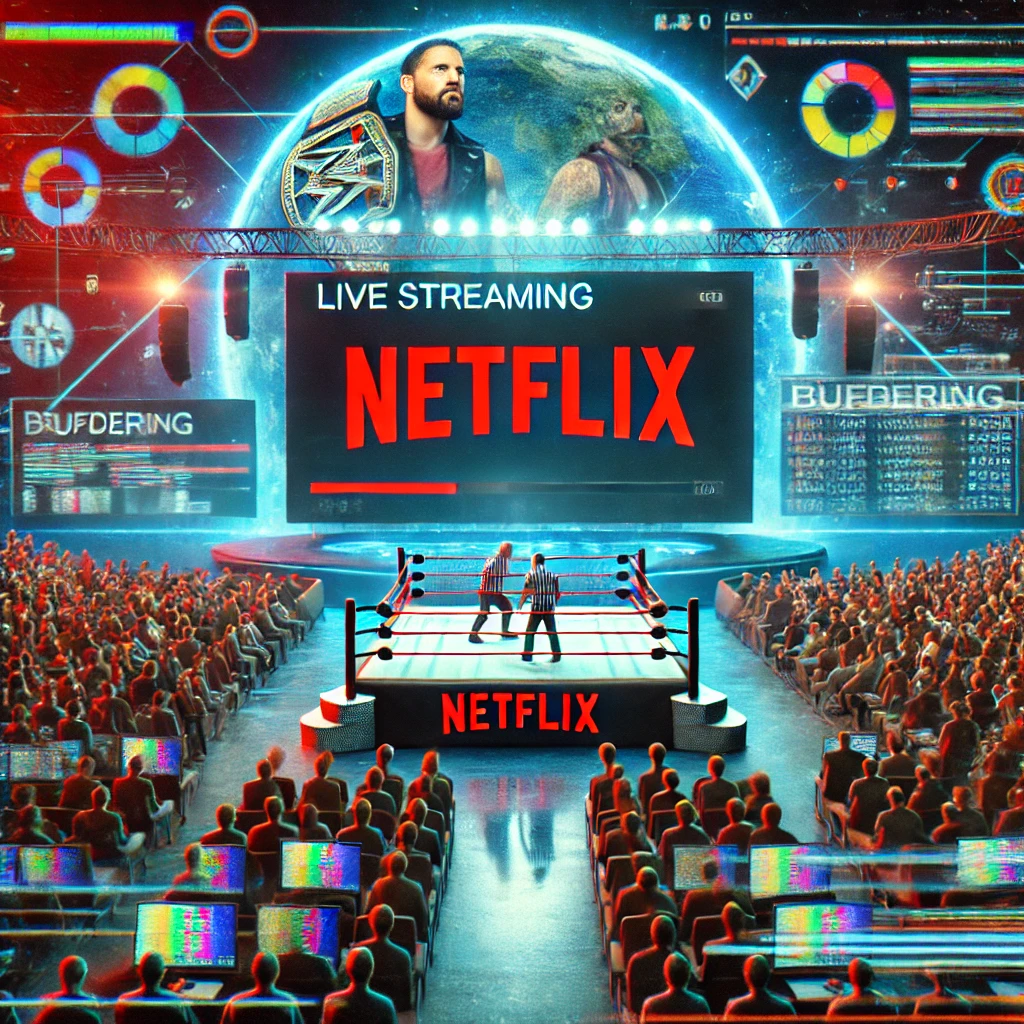Netflix, known for its vast library of movies and TV shows, recently ventured into live event streaming with the highly anticipated boxing match between Jake Paul and Mike Tyson. This event attracted an estimated 60 million households globally, highlighting Netflix’s massive audience reach.
However, the broadcast faced significant technical issues, including buffering and service outages, leading to widespread viewer frustration.
These challenges have raised questions about Netflix’s readiness to handle large scale live events. Streaming live content differs from on demand services, as it requires real time data transmission to millions of viewers simultaneously. This demands robust infrastructure and advanced technology to ensure a seamless experience.
Netflix’s foray into live sports streaming is part of its strategy to diversify content and attract a broader audience. The company has secured major agreements, such as a $5 billion deal with World Wrestling Entertainment (WWE), and is set to broadcast NFL Christmas games in the future.
However, the technical difficulties experienced during the Tyson-Paul fight have led to concerns about Netflix’s capability to handle such high profile sports broadcasts.
The challenges faced by Netflix are not unique. Other streaming platforms have also encountered difficulties during large live events. For instance, during the 2018 FIFA World Cup, several streaming services experienced outages and buffering issues due to the high demand. These incidents underscore the complexities involved in live streaming, especially when catering to a global audience.
To address these challenges, streaming platforms must invest in scalable infrastructure capable of handling peak traffic loads. Implementing multi content delivery networks (CDNs) can distribute the load more effectively, reducing the risk of outages. Additionally, optimizing video encoding and compression techniques can help deliver high quality streams without overwhelming the network.
As Netflix prepares for upcoming live events, such as the NFL Christmas games and WWE broadcasts, it is crucial for the company to learn from the Tyson-Paul fight experience. Enhancing technical capabilities and ensuring robust infrastructure will be key to providing a seamless viewing experience for its vast audience.
In conclusion, while Netflix’s massive audience presents a significant opportunity for live event streaming, the technical challenges encountered during the Tyson-Paul fight highlight the need for substantial improvements. As the demand for live streaming continues to grow, platforms must invest in advanced technologies and infrastructure to meet viewer expectations and deliver high quality, uninterrupted live content.

